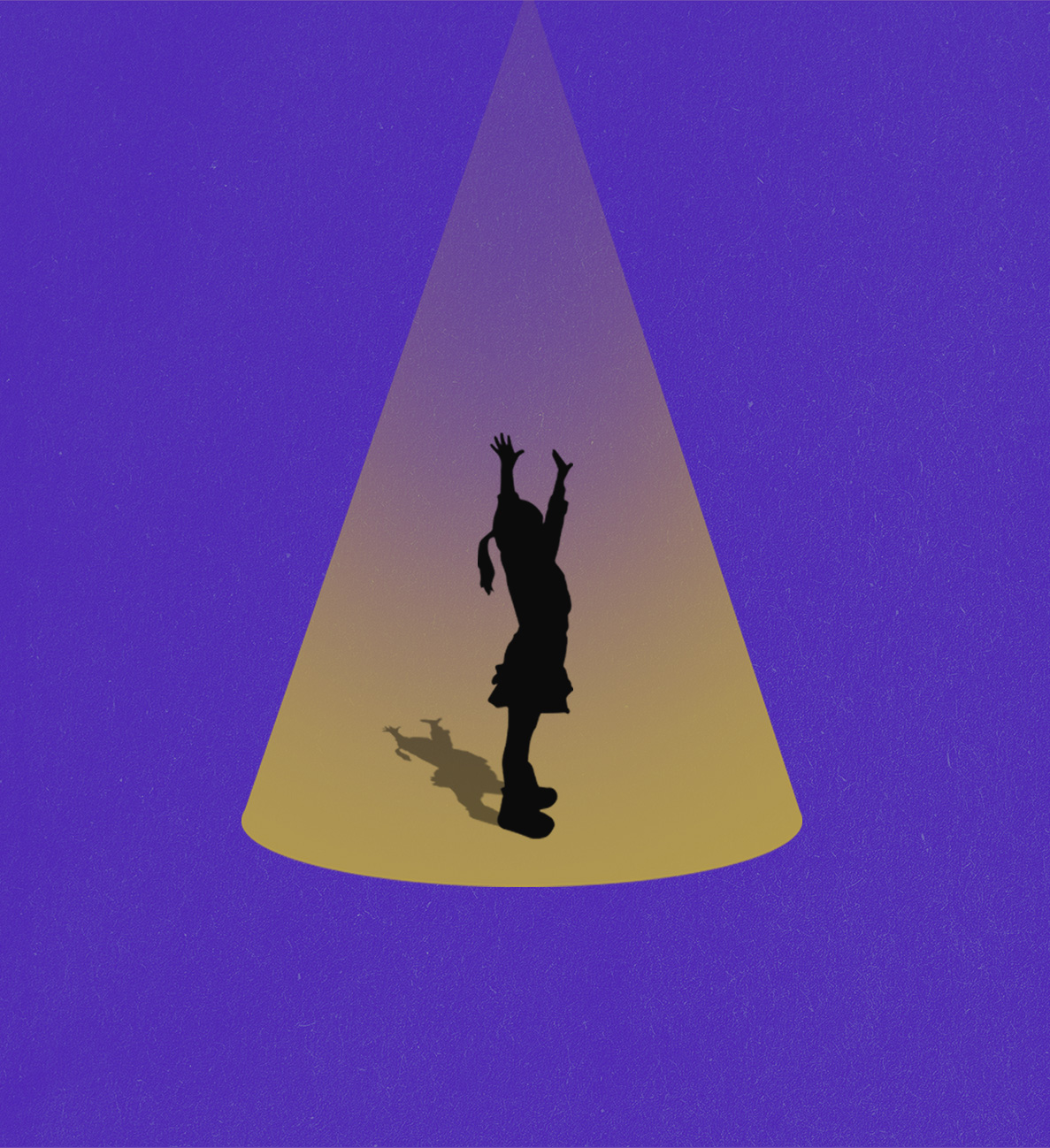If you asked most people to think about someone with attention deficit hyperactivity disorder (ADHD), they'd likely conjure up images of a hyperactive young boy who has trouble paying attention in class at school.
They wouldn't be entirely wrong. ADHD, a chronic condition, makes it difficult to sustain attention and can sometimes lead to hyperactivity and impulsive behavior. The symptoms first manifest during childhood and often lessen with age, though many struggle with symptoms well into adulthood.
It's also true attention deficit hyperactivity disorder is mostly diagnosed in young and teenage boys. However, note the operative word in that sentence: "diagnosed." Statistically, girls aren't diagnosed with ADHD as often as boys are—but does that mean they don't have it?
Research indicates males are much more likely to get an ADHD diagnosis than females, with a male-to-female diagnosis ratio of 4 to 1 found in a large community-based sample. However, some experts are beginning to believe these numbers simply indicate how common it is for girls and women with ADHD to go undiagnosed or misdiagnosed.
"Particularly women get missed all the time or misdiagnosed with anxiety," said R. Derek Brugman, a pediatric doctor and ADHD specialist at Carolina Attention Specialists. "Traditionally, people think ADHD means you run around the room, you have behavior issues and that you do badly in school. And it's just not true for quite a lot of the people who have ADHD."











